#hiroshima culture
Text
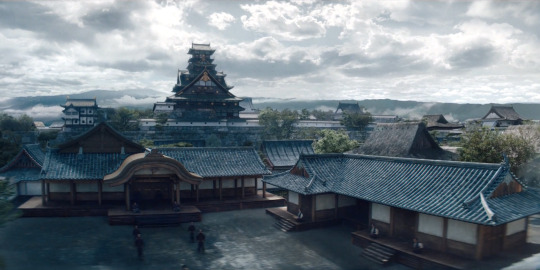

Fun Trivia : Did you know that Osaka Castle was black?
It was built by the real Taiko, Toyotomi Hideyoshi, before it was destroyed and reconstructed into a white castle by Tokugawa Ieyasu. After the death of the "dictator" Oda Nobunaga, Hideyoshi constructed impressive castles like Osaka to herald his new position.
Castles that were built during Hideyoshi's reign like Hiroshima, Okayama and Matsumoto are black. Castles built during Tokugawa's reign like Hikone, Himeji and Nagoya are white. So when you see a castle on your next trip to Japan, you can guess who built it. 😉
The differences in color is due to the resources availability at the time, as white plastering were more expensive than black lacquered timber, so it is of no surprise that Tokugawa later used white for his castles as a symbol of wealth and power.
You can read more from the book, Samurai Castles by Jennifer Mitchelhill which share the history of Japanese castles, from its designs, architectures, layouts, significance and legends, coupled with wonderful photos of the castles by David Green.
#osaka castle#japan#samurai castle#japanese castle#shogun#shogun fx#shogun 2024#toyotomi hideyoshi#tokugawa ieyasu#oda nobunaga#sengoku jidai#japanese culture#hiroshima castle#okayama castle#matsumoto castle#hikone castle#himeji castle#nagoya castle
65 notes
·
View notes
Text

Today's KAITO module of the day is:
39Culture 2024 Hiroshima by Mochimiko!
#vocaloid#kaito#39culture#39 culture#39culture 2024#39culture 2024 hiroshima#miku culture#mochimiko#cocollabo#module#merch#stand#acrylic stand#607
37 notes
·
View notes
Text



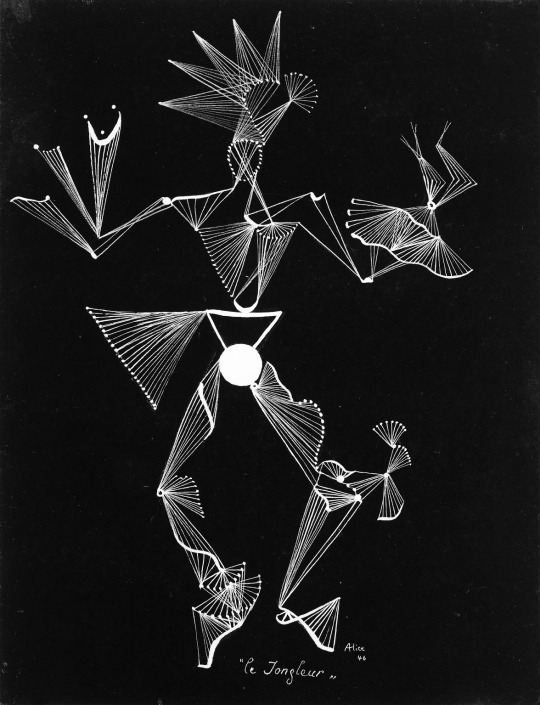

Ballet de Orión, Alice Rahon, 1946
The invisible speaks to us, and the world it paints takes the form of apparitions; it awakens in each of us that yearning for the marvelous... A.R.
Animation by Schirn Kunsthalle
#art#alice rahon#drawing#1940s#surrealism#orion#astrology#constellations#mayan culture#world war ii#hiroshima#nagasaki#painting#shape-shifter#french artists#mexican artists#quotes#gif#animation
29 notes
·
View notes
Photo
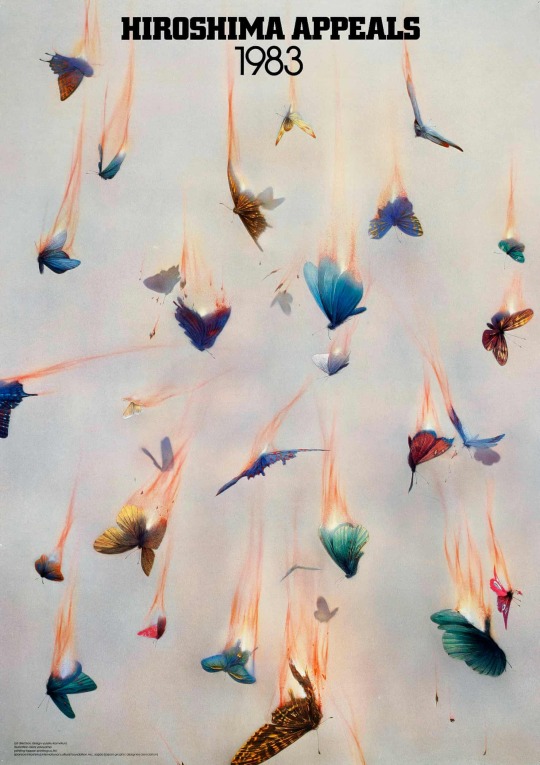
Hiroshima Appeals, 1983, Yūsaku Kamekura
This is the first poster from the series Hiroshima Appeals, a collaborative poster campaign created by JAGDA and the Hiroshima International Cultural Foundation. It was intended to convey hope for peace after the devastating bombing of Hiroshima. This series continued until 1990, resulting in a total of 21 posters. Through the use of vividly colored burning wings, Kamekura Yūsaku captures the moment of catching fire, alluding to the sudden blast that enveloped Hiroshima on 6 August 1945, one of two atomic bombings at the end of the second world war
Photograph: The Merrill C Berman Collection
#yusake kamekura#artist#art#illustrator#poster#japan#the merrill c berman collection#hiroshima appeals#hiroshima international cultural foundation#peace#hiroshima
12 notes
·
View notes
Text
An interview with a survivor of the WWII bombing of Hiroshima, Japan.
youtube
#oppenheimer#oppenbarbie#barbenheimer#history#us history#global history#wwii#wwii history#japan#hiroshima#hiroshima bombing#tv and film#anime manga#anime and manga#manga#social media#youtube#please reblog#japanese culture#japanese history#asian representation#stop asian hate
11 notes
·
View notes
Text
FESTA SHŌWA
‘’Dopo i giorni turbolenti, si guardi indietro all’era Shōwa in cui è stata realizzata la ricostruzione e si pensi al futuro del paese’’
Il periodo Shōwa si riferisce a uno dei regni più duraturi tra tutti quelli degli imperatori giapponesi e comprende il periodo che va dal 1926 al 1989.
Perché l’era Shōwa è così importante per il popolo giapponese da instituire una festa nazionale? Vediamolo insieme con un po’ di storia.
UN PO’ DI STORIA

Come sappiamo, il Giappone no n ha partecipato attivamente alla prima guerra mondiale. Tuttavia, ha sfruttato la situazione per espandere il proprio territorio in Asia e nel Pacifico sviluppando un forte sentimento nazionalista che manifestò poi nella seconda guerra mondiale alleandosi con l’Italia fascista e la Germania nazista.
Dopo i due violentissimi attacchi atomici avvenuti ad Hiroshima e Nagasaki, il Giappone si trovò a dover lasciare tutte le sue conquiste e ad accettare la sconfitta della guerra, stremati dalla distruzione che le bombe atomiche provocarono al paese e al popolo.
LA RINASCITA DEL GIAPPONE
Sempre nel periodo Shōwa, tra il 1945 e il 1989, il Giappone ha dovuto dedicarsi completamente alla ricostruzione del paese dopo gli enormi danni subiti.
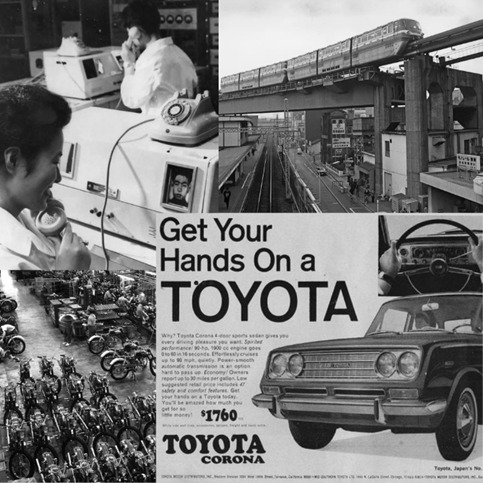
Le aziende giapponesi hanno dimostrato grande competenza nello sviluppo economico e si sono guadagnate fino ad oggi, la reputazione di affidabilità, qualità e dedizione alla perfezione.
IL 29 APRILE

In questa data, i giapponesi vanno a visitare il museo nazionale di storia giapponese nella città di Ueno, oppure visitano il famoso tempio Meiji-Jingu per poter riflettere su tutto quello che avvenne durante la seconda guerra mondiale e celebrare il desiderio di rinascita del popolo giapponese.
La festa nazionale Shōwa è in realtà molto recente, è stata instituita nel 2005.
Prima di allora in questa data, veniva celebrata la festa ‘’Midori no Hi’’, letteralmente ‘’la giornata del verde’’, in cui ci si prende un momento per apprezzare la natura in quanto simbolo di rinascita, tema molto amato dall’imperatore Hirohito stesso che oltre a rivestire la sua importante carica politica era anche un affermato biologo.
In conclusione, la festa Shōwa è un momento di riflessione e celebrazione, che unisce passato e futuro del popolo giapponese, in cui viene insegnato ai più giovani che è importante ritrovare il coraggio di ricominciare nonostante tutto.
#japan#japan blog#japanese culture#japanese ceramics#japanese#japan culture#giappone#tokyo#showa period#showa era#Hirohito#Hiroshima#Nagasaki#Toyota
1 note
·
View note
Text
Hiroshima Now Sees The Frozen Ramen Machine!
【New article】Hiroshima Now Sees The Frozen Ramen Machine!
#Japan
#Hiroshima
#Ramen
Eat ramen anytime, anywhere
Hiroshima Now Sees The Frozen Ramen Machine!
Hiroshima Now Sees The Frozen Ramen Machine!
Ultra Foods Co, who sells frozen ramen in vending machines opened its first Hiroshima location in Saiki-ku. They carry specifically popular ramen including “Matsuichiya” and “Golmen. If you are a ramen lover, you may have heard these names.
Frozen Ramen Vending Machine [Ultra…
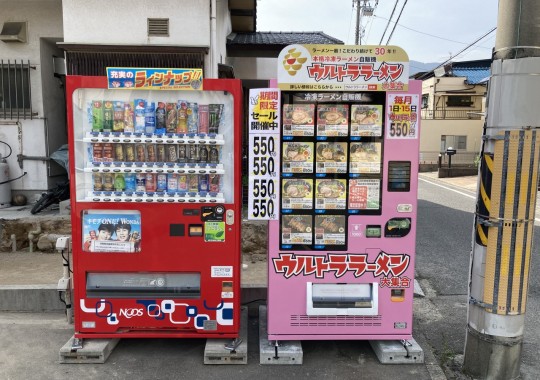
View On WordPress
0 notes
Text
while everyone's rightfully talking about oppenheimer and its flaws regarding the erasure of japanese and native american voices regarding nuclear testing and detonations, i'd like to bring up the fact that pacific islanders have also been severely impacted by nuclear testing under the pacific proving grounds, a name given by the US to a number of sites in the pacific that were designated for testing nuclear weapons after the second world war, at least 318 of which were dropped on our ancestral homes and people. i would like if more people talked about this.
important sections are bolded for ease of reading. i would appreciate this being reblogged since it's a bit alarming how few people know about this.
--
in 1946, the indigenous peoples of pikinni (the bikini atoll) were forcibly relocated off of their islands so that nuclear tests could be run on the atoll. at least 23 nuclear bombs were detonated on this inhabited island chain, including 20 hydrogen bombs. many pasifika were irreversibly irradiated, all of them were starved during multiple forced relocations, and the island chain is still unsafe to live on despite multiple cleanup attempts. there are several craters visible from space that were left on the atoll from nuclear testing.
the forced relocation was to several different small and previously uninhabited islands over several decades, none of which were able to sustain traditional lifestyles which directly lead to further starvation and loss of culture and identity. there is a reason that pacific islanders choose specific islands to inhabit including access to fresh water, food, shelter, cloth and fibre, climate, etc. and obviously none of these reasons were taken into account during the displacements.
200 pikinni were eventually moved back to the atoll in the 1970s but dangerous levels of strontium-90 were found in drinking water in 1978 and the inhabitants were found to have abnormally high levels of caesium-137 in their bodies.
--
i'm going to put the rest of this post under a readmore to improve the chances of this being reblogged by the general public. i would recommend you read the entirety of the post since it really isn't long and goes into detail about, say, entire islands being fully, utterly destroyed. like, wiped off of the map. without exaggeration, entire islands were disintegrated.
--
as i just mentioned, ānewetak (the eniwetok atoll) was bombed so violently that an entire island, āllokļap, was permanently and completely destroyed. an entire island. it's just GONE. the world's first hydrogen bomb was tested on this island. the crater is visibly larger than any of the islands next to it, more than a mile in diameter and roughly fifteen storeys deep. the hydrogen bomb released roughly 700 times the energy released during the bombing of hiroshima. this would, of course, be later outdone by other hydrogen bombs dropped on the pacific, reaching over 1000 times the energy released.
one attempt to clean up the waste on ānewetak was the construction of a large ~380ft dome, colloquially known as the tomb, on runit island. the island has been essentially turned into a nuclear waste dump where several other islands of ānewetak have moved irradiated soil to and, due to climate change, rising seawater is beginning to seep into the dome, causing nuclear waste to leak out. along with this, if a large typhoon were to hit the dome, there would be a catastrophic failure followed by a leak of nuclear waste into the surrounding land, drinking water, and ocean. the tomb was built haphazardly and quickly to cut costs.
hey, though, there's a plus side! the water in the lagoon and the soil surrounding the tomb is far more radioactive than the currently contained radioactive waste. a typhoon wouldn't cause (much) worse irradiation than the locals and ocean already currently experience, anyway! it's already gone to shit! and who cares, right, the only ""concern"" is that it will just further poison the drinking water of the locals with radioactive materials. this can just be handwaved off as a nonissue, i guess. /s
--
at least 36 bombs were detonated in the general vicinity of kiritimati (christmas island) and johnson atoll. while johnson atoll has seemingly never been inhabited by polynesians, kiritimati was used intermittently by polynesians (and later on, micronesians) for several hundred years. many islands in the pacific were inhabited seasonally and likewise many pacific islanders should be classified as nomadic but it has always been convenient for the goal of white supremacy and imperalism to claim that semi-inhabited areas are completely uninhabited, claimable pieces of terra nullius.
regardless of the current lack of inhabitants on these islands, the nuclear detonations have caused widespread ecological damage to otherwise delicate island ecosystems and have further spread nuclear fallout across the entirety of the pacific ocean.
--
while the marshall islands, micronesia, and the surrounding areas of melanesia and polynesia were (and still are) by far the worst affected by these atrocities, the entirety of the pacific has been irradiated to some extent due to ocean/wind currents freely spreading nuclear fallout through the water and air. all in all, at least 318 nuclear bombs were detonated across the pacific. i say "at least" because these are just the events that have been declassified and frankly? i wouldn't be shocked to find out they didn't stop there.
please don't leave the atomic destruction of the pacific out of this conversation. we've been displaced, irradiated, murdered, poisoned, and otherwise mass exterminated by nuclear testing on purpose and we are still suffering because of it. many of us have radiation poisoning, many of us have no safe ancestral home anymore. i cannot fucking state this enough, ISLANDS WERE DISINTEGRATED INTO NONEXISTENCE.
look, this isn't blaming people for not talking about us or knowing the extent of these issues, but it's... insidiously ironic that i haven't seen a single post that even mentions pacific islanders in a conversation about indigenous voices/voices of colour being ignored when it comes to nuclear tests and the devastation they've caused.
#ask to tag. i understand this is heavy and i've tried to tag accordingly#oppenheimer#oppenheimer 2023#pasifika#micronesian#melanesian#polynesian#pacific islands#indigenous#pacific ocean#pacific proving grounds#racism#imperialism#genocide#nuclear weapons#indigenous genocide#nuclear#nuclear bomb#us imperialism#displacement#nuclear imperialism
5K notes
·
View notes
Photo

Today’s origami is a canoe. #Japanese #paperfolding #art #culture #JapaneseCanadian #SurreyBC #TrueSurrey #music #sakura #MasaTakumi #Grammy #BestGlobalMusicAlbum @masa_takumi #Hiroshima #family https://www.instagram.com/p/CoWfxZUuYNj/?igshid=NGJjMDIxMWI=
#japanese#paperfolding#art#culture#japanesecanadian#surreybc#truesurrey#music#sakura#masatakumi#grammy#bestglobalmusicalbum#hiroshima#family
0 notes
Photo
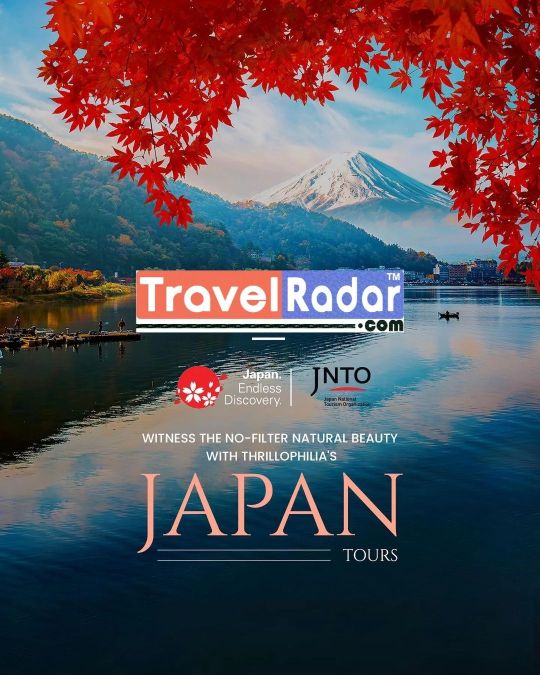
Japan is one of the best examples of modernism, combined with the best of #culture, traditions & incredible hospitality. This beautiful island country is home to some of the tallest and most beautiful #skyscrapers in the world which makes exploring JAPAN even more memorable. #travelradar #travelradar.com #VisitJapan #JNTO #JapanTravel #JapanTrip #Tokyo #Osaka #Kyoto #Hiroshima #Cherryblossom #Cities #WonderfulJapan #TravelToJapan #zendegi #zendegi.com (at Japan) https://www.instagram.com/p/CoGWwAIP83I/?igshid=NGJjMDIxMWI=
#culture#skyscrapers#travelradar#visitjapan#jnto#japantravel#japantrip#tokyo#osaka#kyoto#hiroshima#cherryblossom#cities#wonderfuljapan#traveltojapan#zendegi
0 notes
Photo
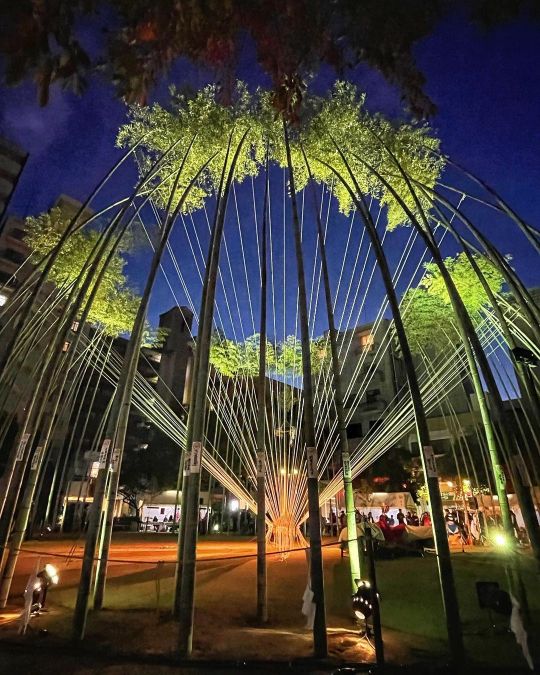
Festival del bambú! 大イノコ祭り . 2022.11.06 Fukuromachi Park . . #japan #hiroshima #広島カメラマン #japantravel #culture #japanculture #japanlover #広島フェスティバル #大イノコ祭り #hiroshimaphotographer #広島カメラマン #広島カメラマンアレックス #tripjapan #jp #nipponpic #広島フォトグラファー (en 広島市 Hiroshima-Shi) https://www.instagram.com/p/CkqhBehvfs8/?igshid=NGJjMDIxMWI=
#japan#hiroshima#広島カメラマン#japantravel#culture#japanculture#japanlover#広島フェスティバル#大イノコ祭り#hiroshimaphotographer#広島カメラマンアレックス#tripjapan#jp#nipponpic#広島フォトグラファー
0 notes
Text
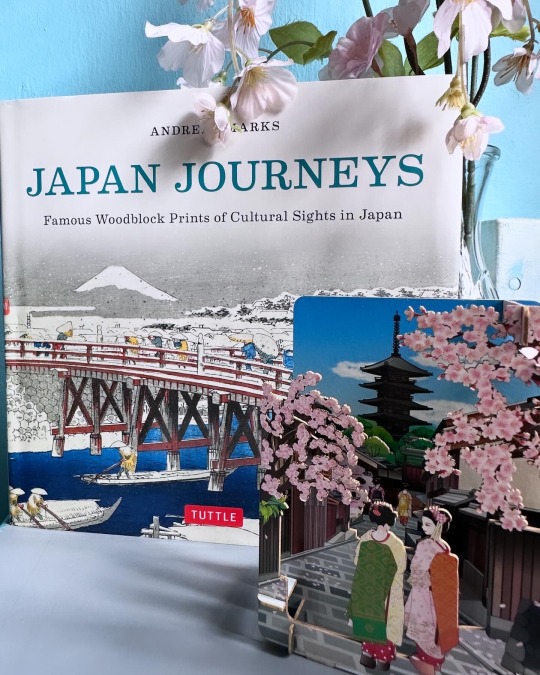

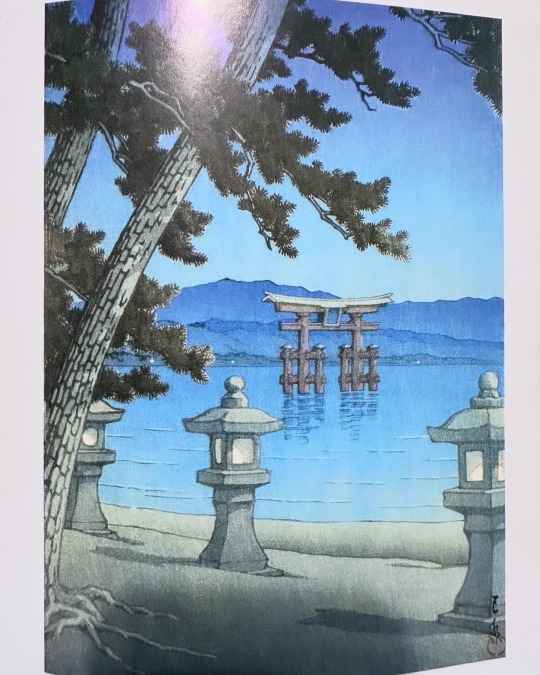


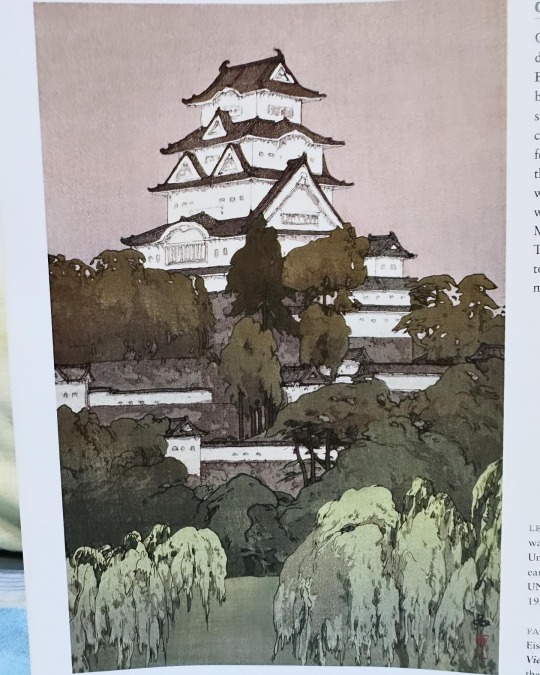
Book Recommendation : JAPAN JOURNEYS
Unlike today where you can post countless travel photos on social media for all to see, in Edo Period Japan, people share pictures of beautiful travel destinations via woodblock art.
After years of civil wars and restrictions on individual mobility, travel became a popular leisure activity in Japan, thanks to the development of a network of well built and fairly safe roads.
Like today, traveling provides opportunities to experience culinary and cultural specialties. This enjoyment was reflected vividly in woodblock prints for those who did not get to travel.
These prints were sold or displayed at marketplaces or festivals where people get to see beautiful sceneries of places they had never been to before, which encouraged more to travel.
The historic views of Japan have been preserved over the generations, offering a fascinating perspective on familiar locations for tourists both domestic and foreign today.
In this book, art historian, Andreas Marks, has gathered a selection of detailed woodblock prints depicting scenic spots and cultural icons that still delight visitors today in Japan.
You’ll see what places like Kyoto, Osaka and Tokyo looked like in the 19th century. And you’ll be surprised to see how the temples and castles look the same but not the background.
Buildings and architectures that have withstood the test of time, being rebuilt or preserved from Edo Period till today, which makes Japan one of the most unique travel destinations.
A pleasant read for travel and Japan enthusiasts who love photography and art. As each woodblock print has a story of its own through the eyes of the Japanese artists.
#japan journeys#andreas marks#tuttle publishing#japan#woodblock print#edo period#japanese culture#japanese art#japanese book#book therapy#book of the day#book recommendations#geisha#japanese castle#kyoto#kamakura#himeji#hiroshima
9 notes
·
View notes
Text
Hiroshima
Hiroshima, Japan, Oct 2014
“We do not describe the world we see, we see the world we can describe.”
Rene Descartes
The train was getting closer to Hiroshima, and as it got closer, we went directly past a baseball stadium. I was excited; I’d only heard about baseball in the movies. I got out of the station. It was so busy baseball fans were everywhere.
Hiroshima carps were playing Hanshin Tigers at…

View On WordPress
#Adventure#Apahotel#Asia#baseball#blog#bullet-train#Culture#experience#exploring#Food#Hiroshima#Hiroshima carps#hotel APA#hotels#Japan#Japanrailpass#life#Mazda stadium#Travel#Travelblog#traveldiaries#worldtravel
0 notes
Text
Takahashi
Le village de Takahashi, dans la préfecture d’Okayama, tout proche de la ville du même nom est le genre de village pittoresque parfait pour une petite halte loin des grandes villes.
#japon #voyage #tourisme #chugoku #hiroshima #takahashi
Le village de Takahashi, dans la préfecture d’Okayama, tout proche de la ville du même nom est le genre de village pittoresque parfait pour une petite halte loin des grandes villes.Le 1er octobre 2004, Takahashi a absorbé la ville d'Ukan (du district de Jōbō) et les villes de Nariwa, Kawakami et Bitchū (toutes du district de Kawakami) pour devenir la nouvelle ville agrandie de Takahashi. Le…

View On WordPress
0 notes
Photo

Atomic Dome, Hiroshima, Japan
by Wayne Budge
Historic Photographer of the Year
#wayne budge#photographer#historic photographer of the year#abandoned#atomic dome#travel#hiroshima#japan#culture
16 notes
·
View notes
Photo

#lovejapan #bookwithme #booknow #japan #touroperator @wendywutours #adventure #culture #mountfuji #bullettrain #kimono #geisha #pagoda #tokyo #osaka #kyoto #hiroshima #nagasaki #snowmonkey (at Japan) https://www.instagram.com/p/Cfw1ZSwrAsm/?igshid=NGJjMDIxMWI=
#lovejapan#bookwithme#booknow#japan#touroperator#adventure#culture#mountfuji#bullettrain#kimono#geisha#pagoda#tokyo#osaka#kyoto#hiroshima#nagasaki#snowmonkey
0 notes